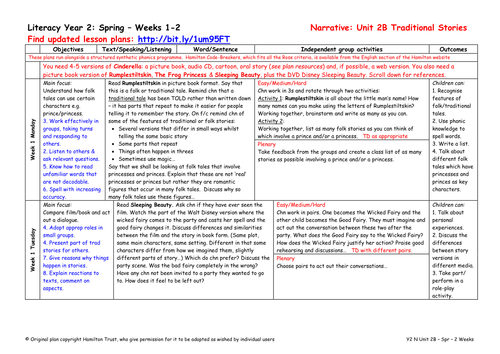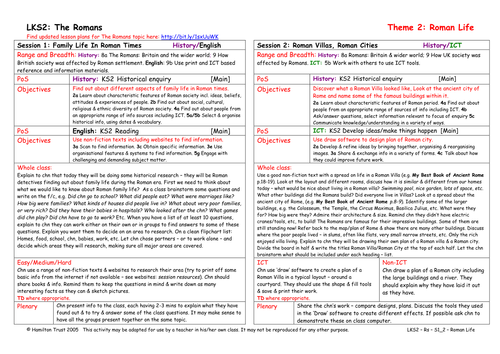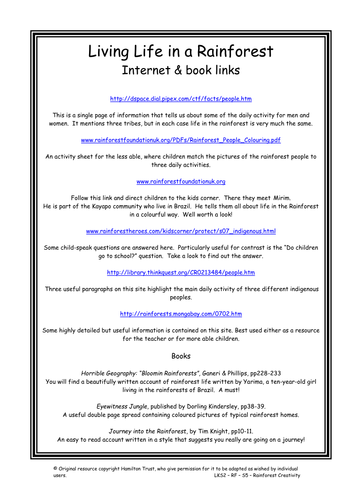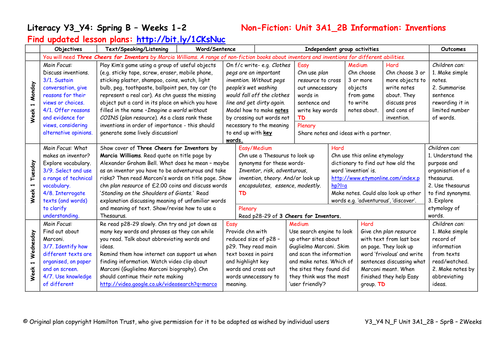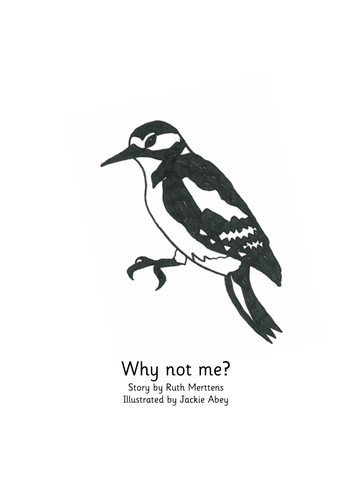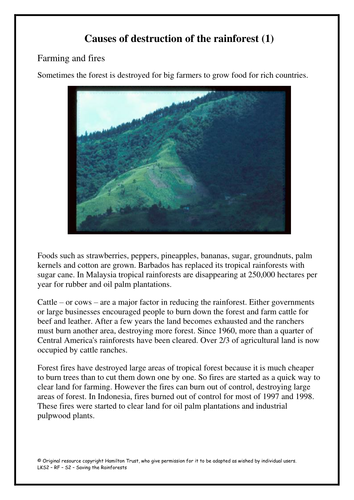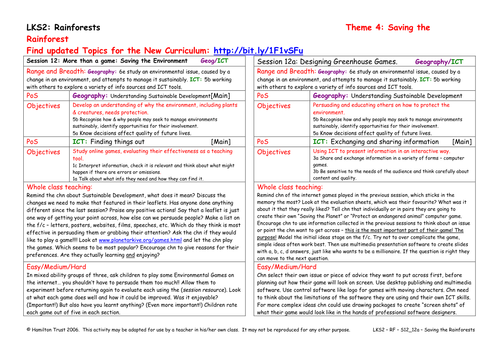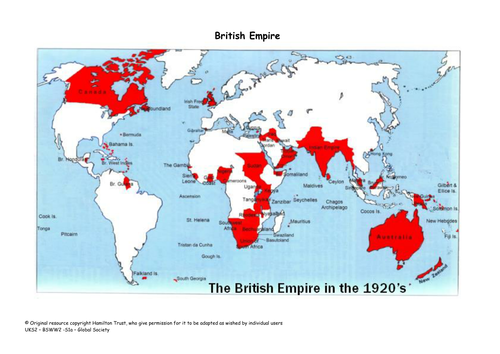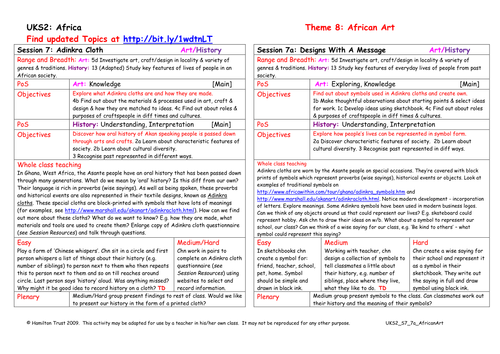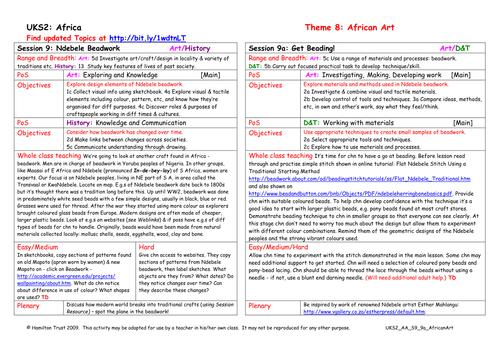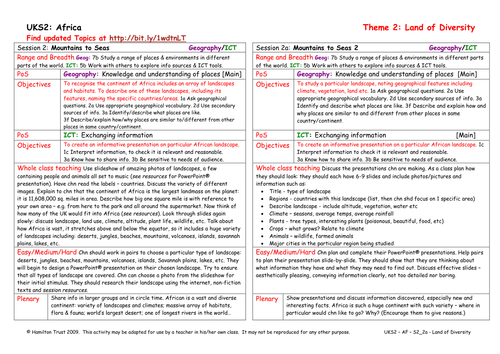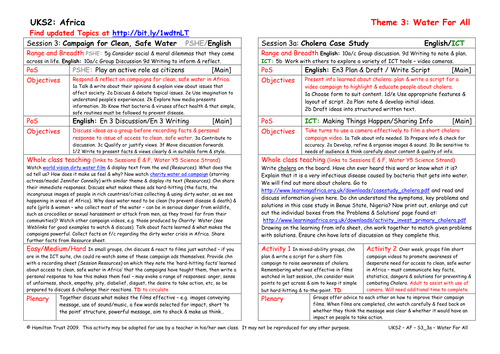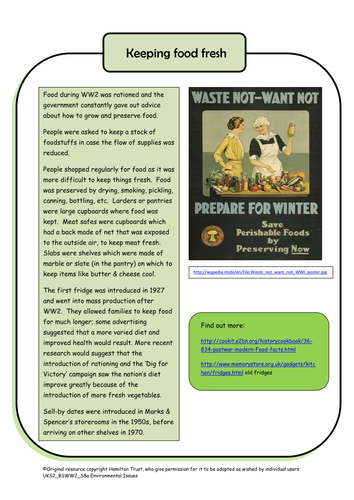
3k+Uploads
10009k+Views
11617k+Downloads
Computing

Yr 2 Narrative Unit 2B Traditional Stories
Children engage with a range of traditional folk stories. They compare versions of the same story retold through different media. They join in role-play activities and write a new version of Cinderella for a PowerPoint presentation.
Find other lesson plans and resources at www.hamilton-trust.org.uk.

Roman Villas, Roman Cities
Children follow the work on family life and look at Roman villas. They study the famous buildings in Rome (The Colosseum, etc.) and look at the style and structure of large villas. They then use a drawing software to design and plan a Roman city or villa.
Suitable for years 3 and 4.
Find other lesson plans and resources at www.hamilton-trust.org.uk.

Yr 6 NF Unit 4 Formal/Impersonal writing: Tourists
Use leaflets and websites of castles and tourist sites to provide examples of many different text types. Study features of formal language and transform ‘officialese’ into accessible English. Children then create a virtual guided tour using appropriate language styles.
Find other lesson plans and resources at www.hamilton-trust.org.uk.

Living Life In The Rainforest
The Rainforests are home to some 1.5 million people worldwide. But what is life for them really like? Chn take a close look in this session as they delve deeper into the forests and find out about life in the Jungle using books and ICT.

Yr 3/4 NF Unit 3A1-2B Information: Inventions
Explore how to find and present information about inventors and inventions. Give a talk as part of a group. Watch and listen to inventors explaining their ideas online. Make notes and contribute to a creative class book about inventors.

Year 2 Fiction 3: Traditional tales from other cultures
Read and compare Hansel and Gretel by Anthony Browne, and Baba Yaga and the Stolen Baby by Alison Lurie, Francis Lincoln, and Baba Yaga by Tony Bradman using drama and story maps. Discuss joining sentences using or, and or but. Children write witch stories using story pegs to plan. Introduce some 'story language' and encourage interesting endings. Hamilton Group Reader, Why Not Me?, is used to build confidence in reading aloud.

Causes of deforestation research
Children use internet search engines in small groups to find out more about a specific threat to the worlds rainforests. Children collect information in the form of notes and present their concerns and solutions to the class.

How Has Farming Changed?
After WW2 and rationing farmers had to increase production. Children discuss where food comes from, and their views on the use of heavy farm machinery and pesticides. Children make a model of a fruit/vegetable or create an ICT presentation showing seasonal availability.

Australian Rainforest Animals
Children think about the animals that they know come from Australia and then find out if they live in any of its rainforest regions. Children then look at a list of Australian rainforest animals, and print an image from the computer.

Children discuss the advantages and disadvantages of texting and emails, then write an email with attachments to an email ‘pen pal’ about their favourite session from this topic.

Researching Roman mosaics
Children research the internet and non-fiction texts and look for information about Roman mosaics. They talk about the images that Romans used in creating these, and then use a software package to create their own mosaics. Some chn do further research.
Suitable for years 3 and 4.

Designing Greenhouse Games
In this session children apply what they found out in the previous session about internet games to create their own Saving the Planet computer game. Whose will be most enjoyable? Which game will encourage us to do things differently?

Who Are The British People?
Discuss the diff peoples who came to Britain in the past and made it their home - Celts, Romans, Saxons, Vikings and Normans and how other peoples have continued to come since WW2. Start a class timeline and individual timelines using ICT about this.

Adinkra Cloth
Moving to West Africa, children explore how history of Asante people has been represented through the craft of block printing Adinkra cloths.
Children use web research to find out about history, techniques and processes involved.

Ndebele Beadwork
Zooming in on South Africa, children are introduced to the incredible beadwork of the Ndebele people of KwaNdebele.
Through web images children explore the history of this craft and investigate its key visual elements.

Mountains to Seas 2
Children focus on producing a really exciting presentation to encapsulate all the information they have discovered about their particular landscape. They consider what makes a good PowerPoint presentation and ensure that they work to produce this.
Suitable for years 5 and 6.
Find other lesson plans and resources at www.hamilton-trust.org.uk.

Grow Your Own
Children compare a food journal they have kept with a food pyramid which gives the recommended servings of different food groups. The need to include fruit and vegetables is highlighted and children design a garden to grow their own.

Cholera Case Study
Through following a case study in Benue State, Nigeria, children learn about cholera. They plan and write a script for a video campaign to highlight and educate people about cholera, finally taking turns to use a camera to film their short cholera campaign videos.
Suitable for years 5 and 6.

Mountains to Seas
Using an exciting presentation, children look at a variety of images from across Africa, the largest landmass on the planet. They begin a research project to find out more about a particular type of landscape, possibly linking this to their chosen country.
Suitable for years 5 and 6.

Keeping Food Fresh
Food was rationed during WW2 and the government constantly gave out advice about how to grow and preserve food using various methods. Fridges went into mass production after WW2. Children explore a BBC site – rations, shops, a quiz, etc!

